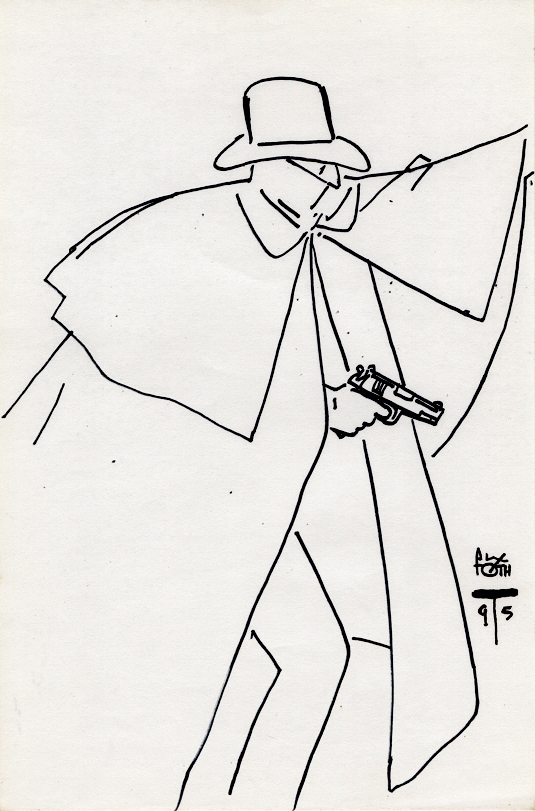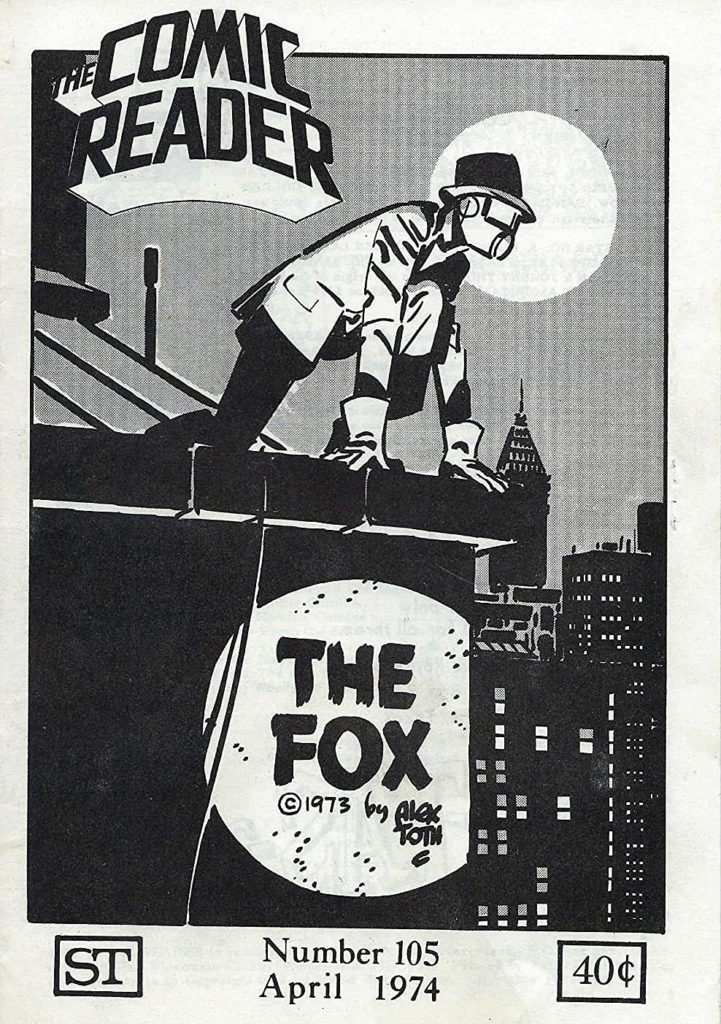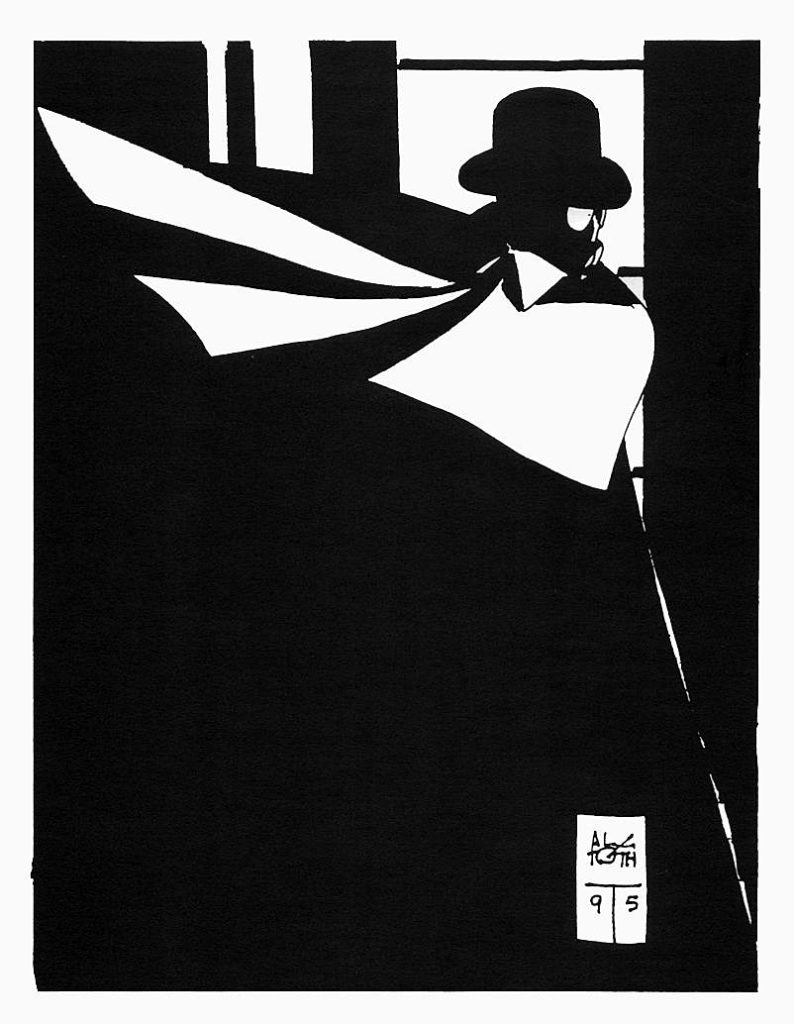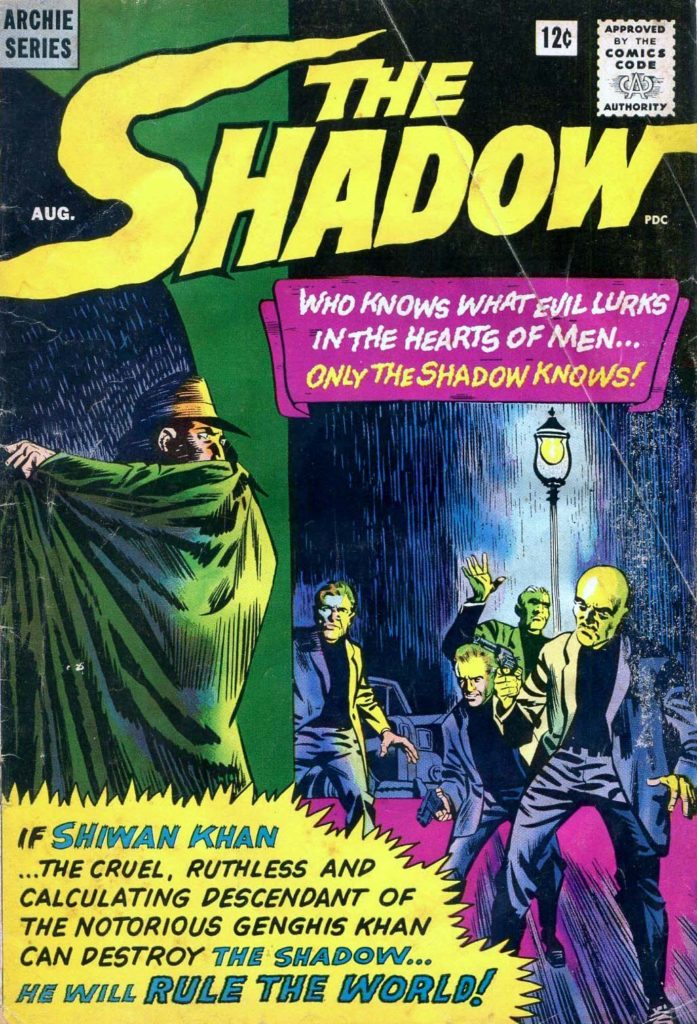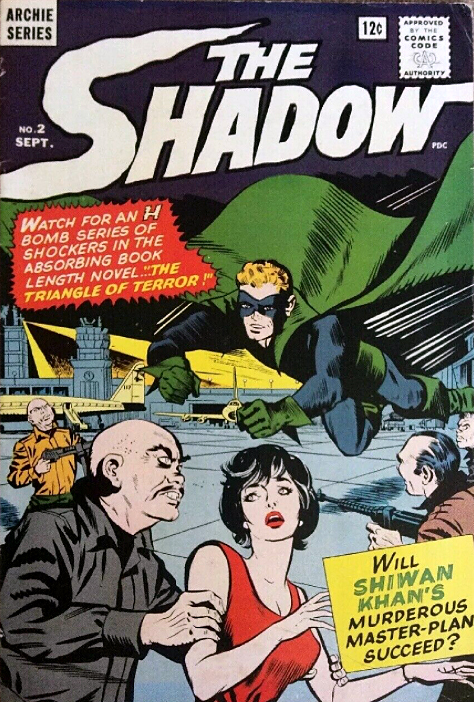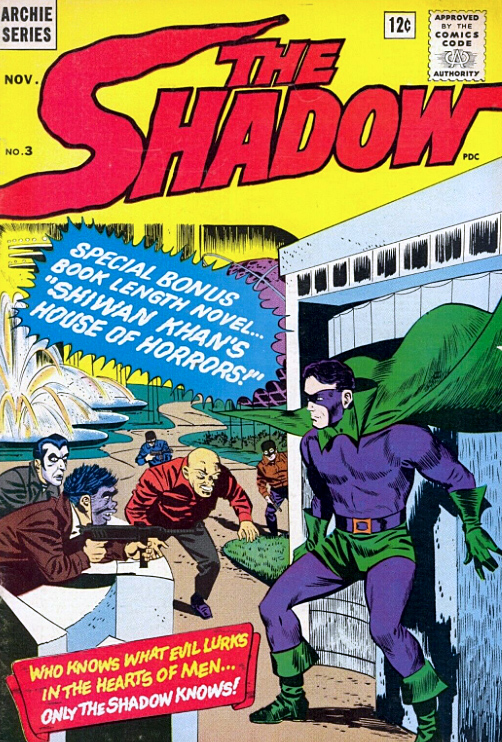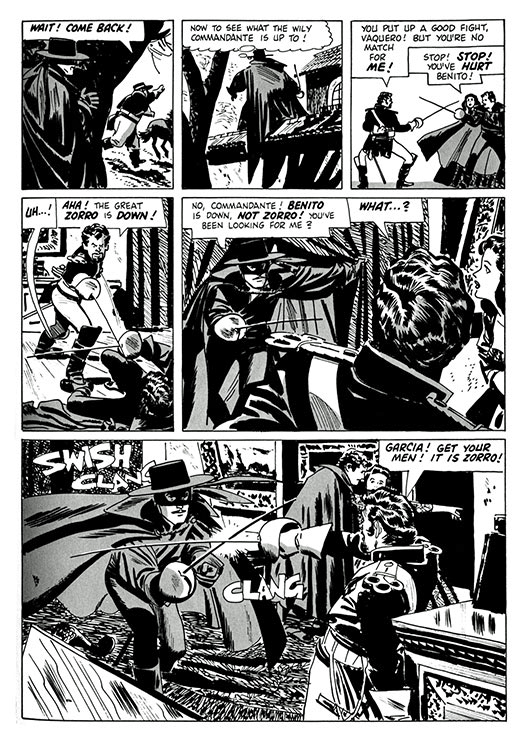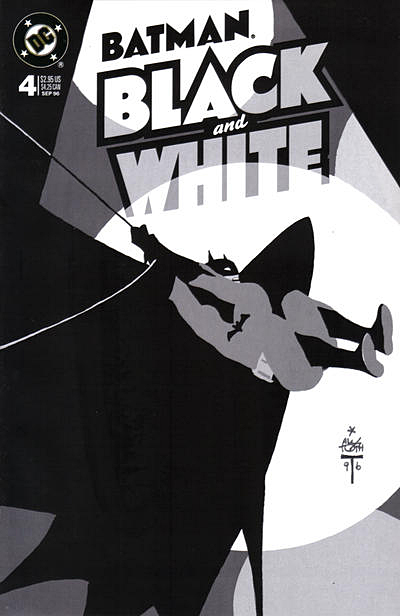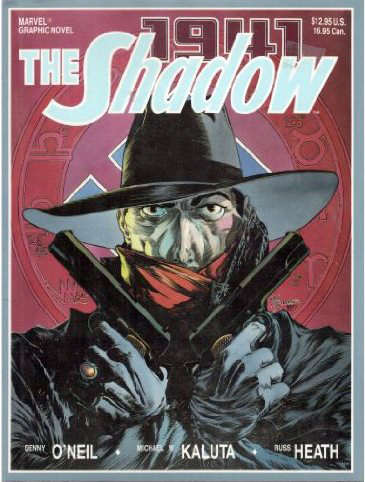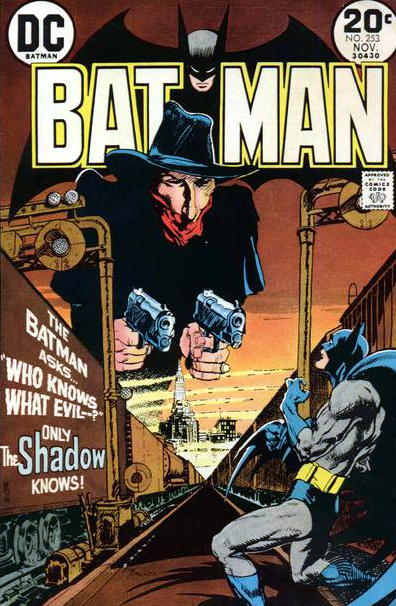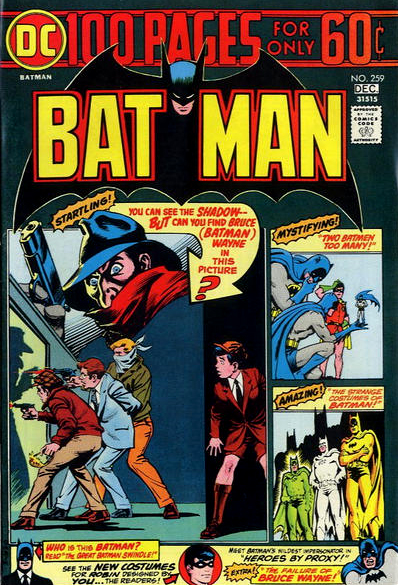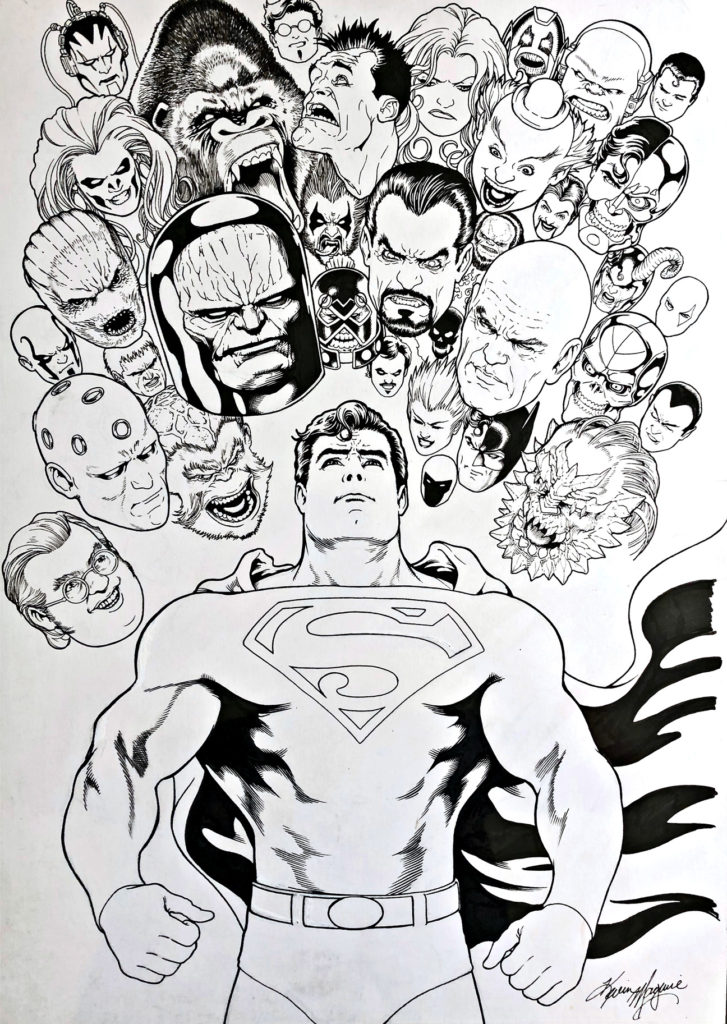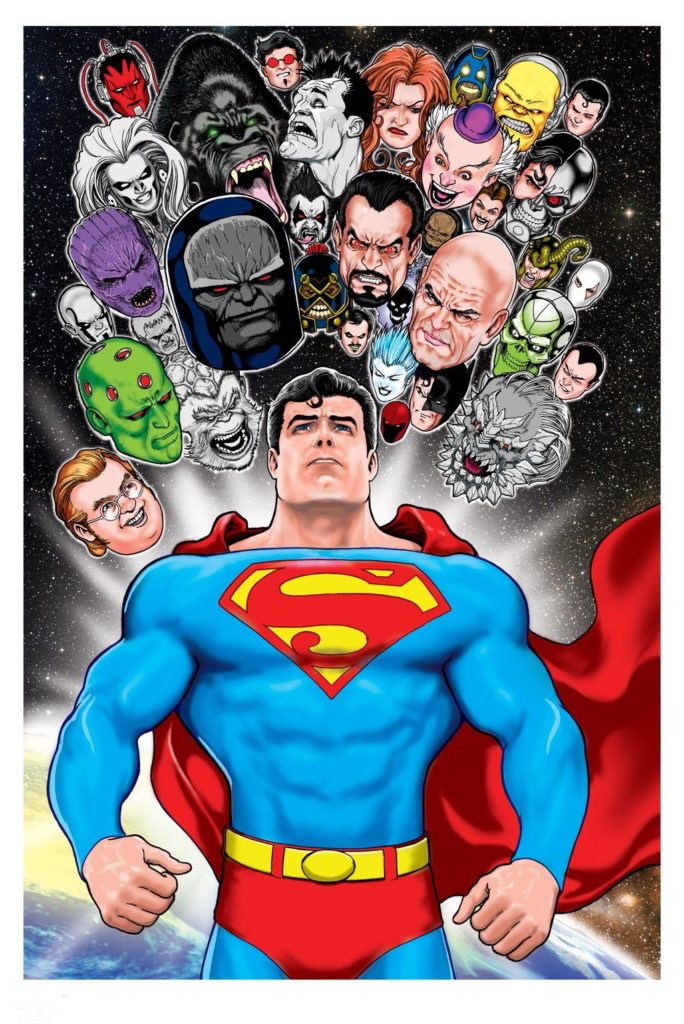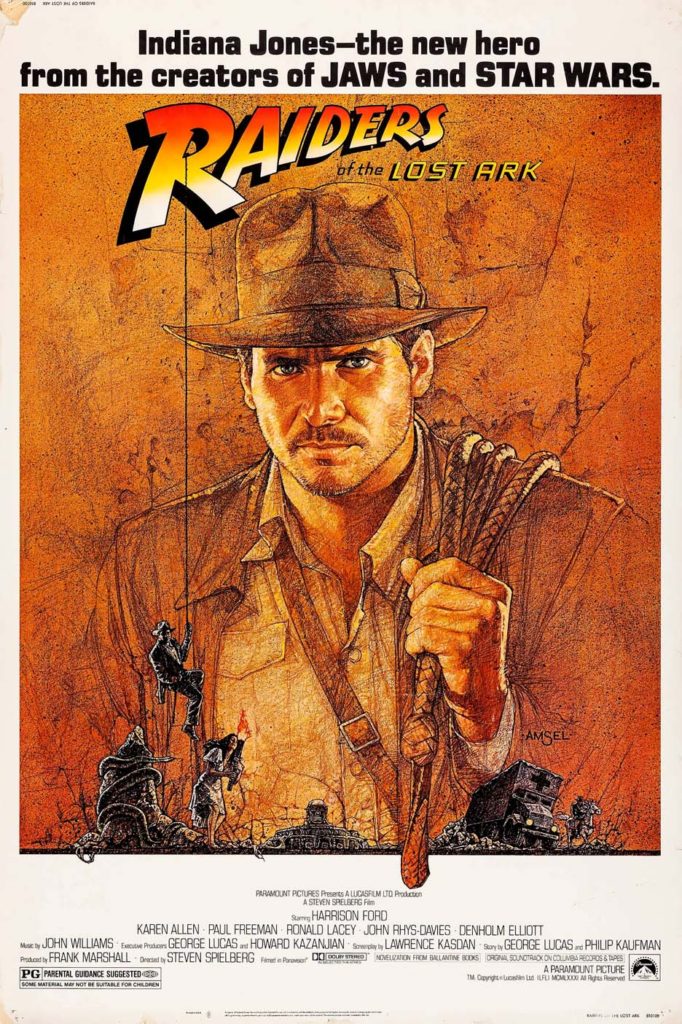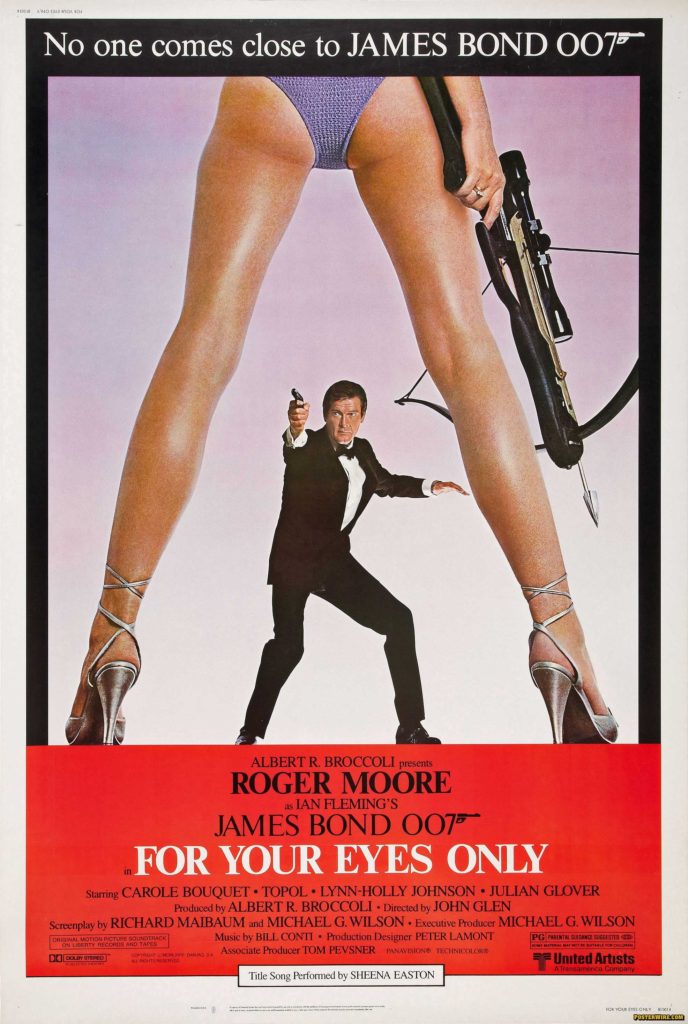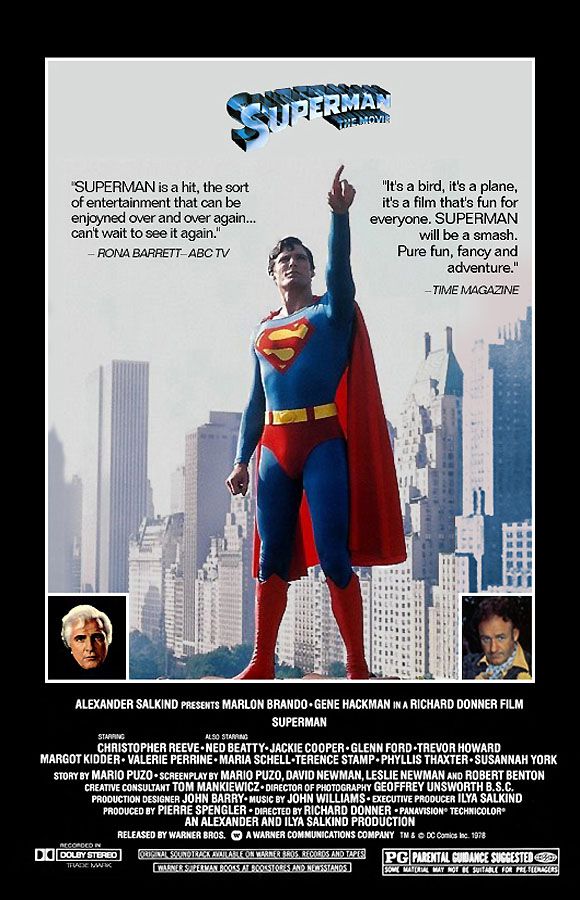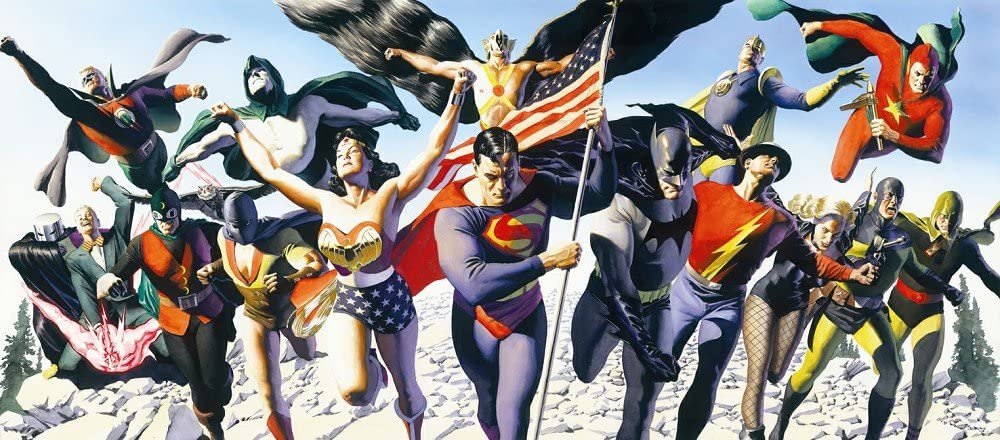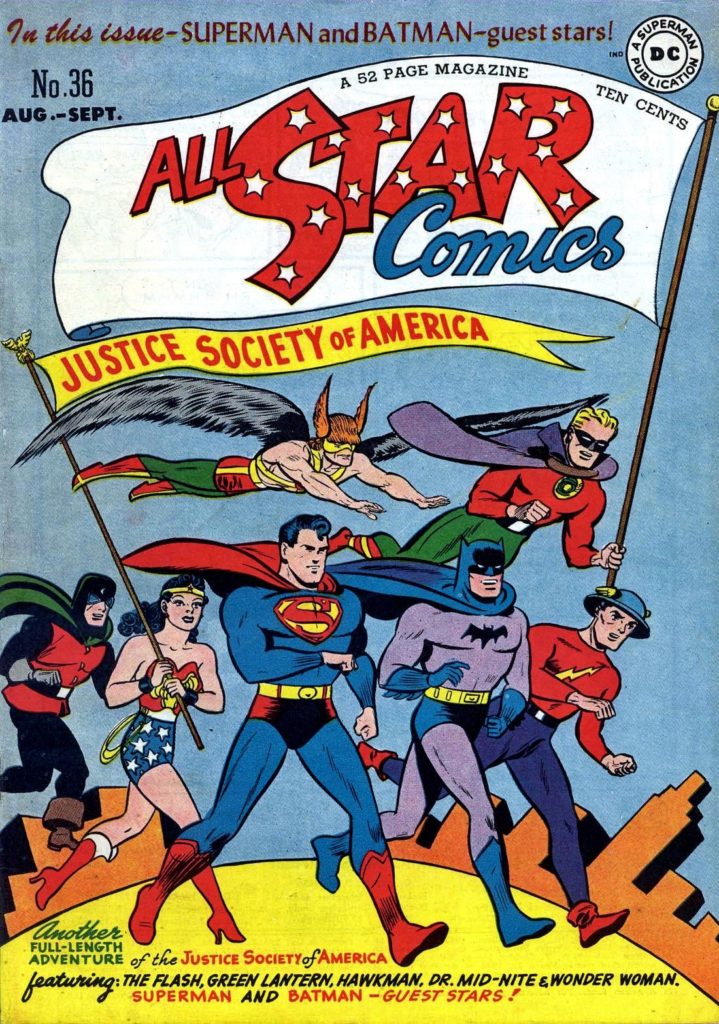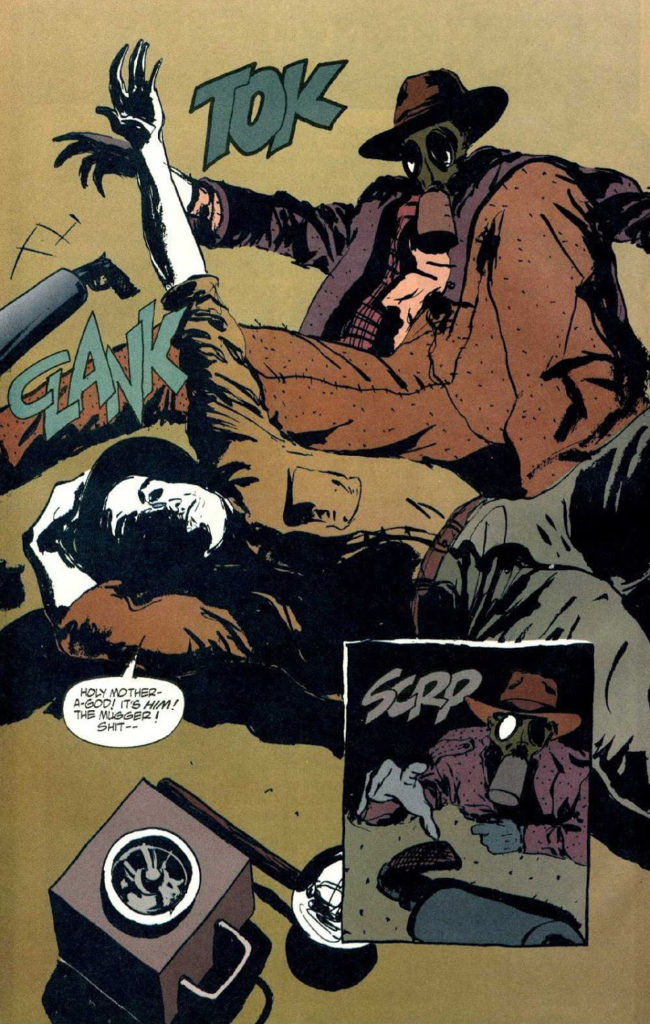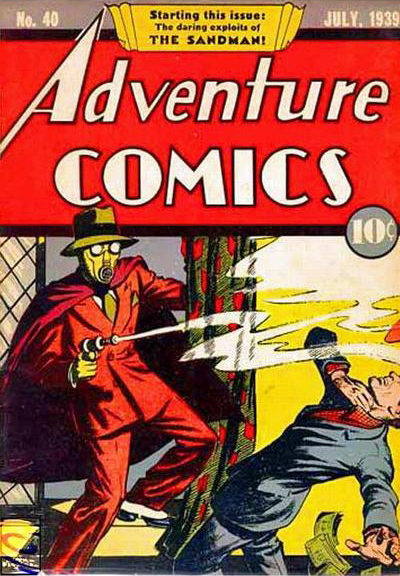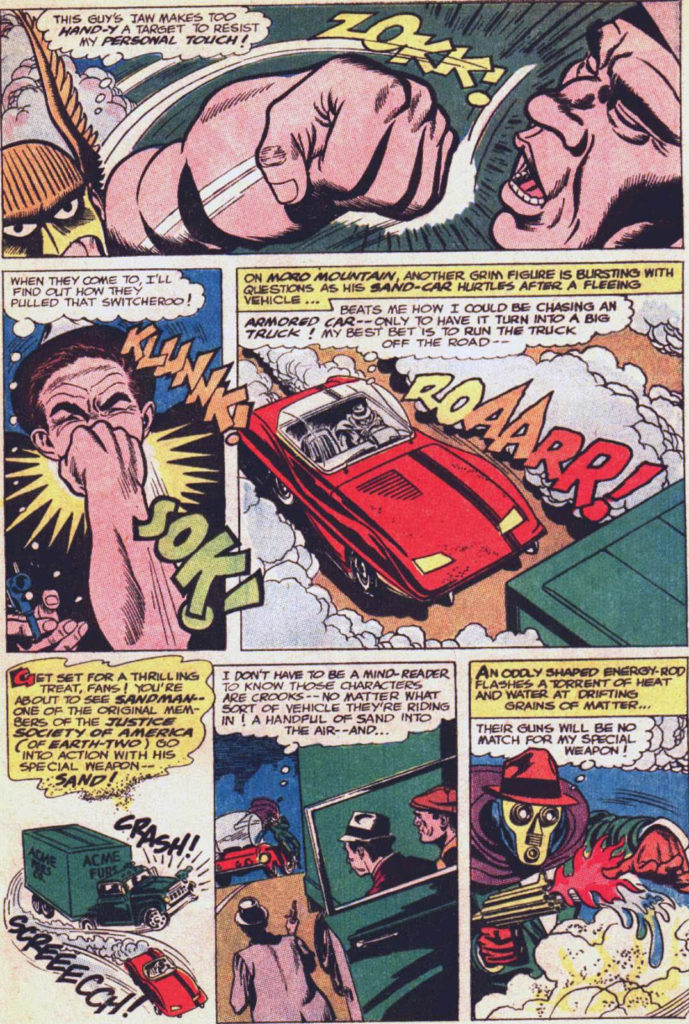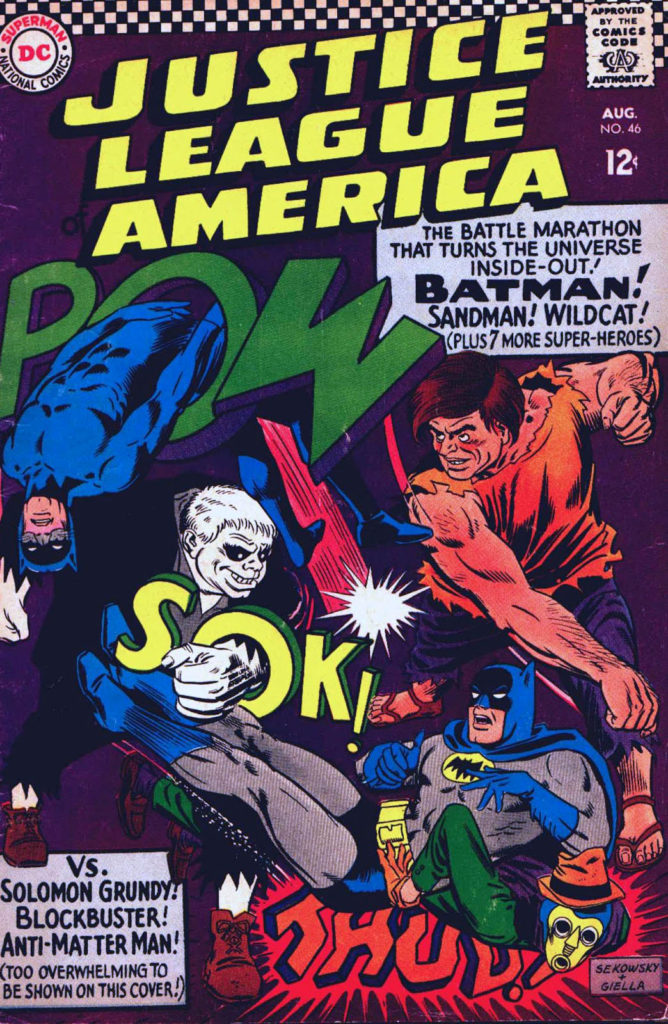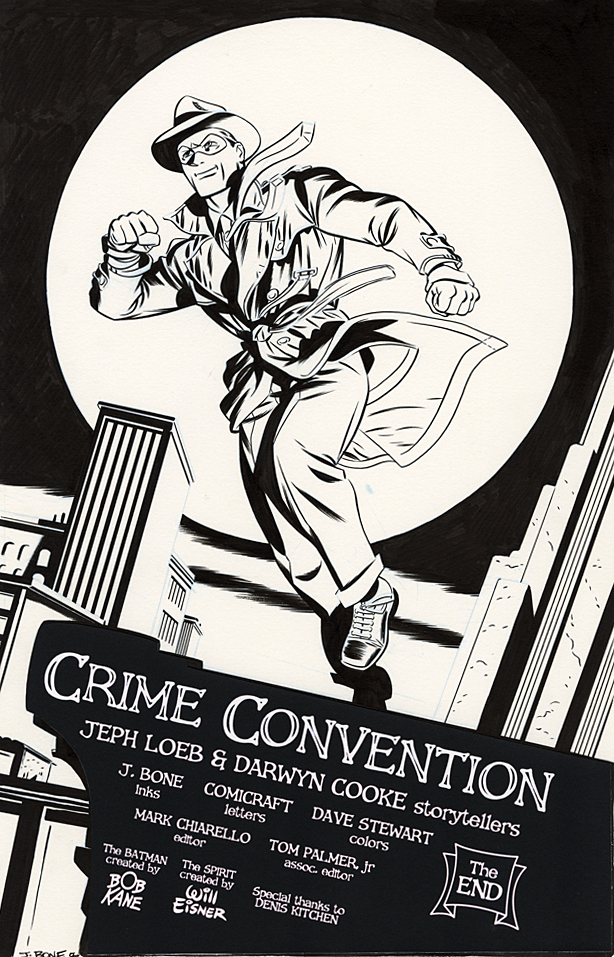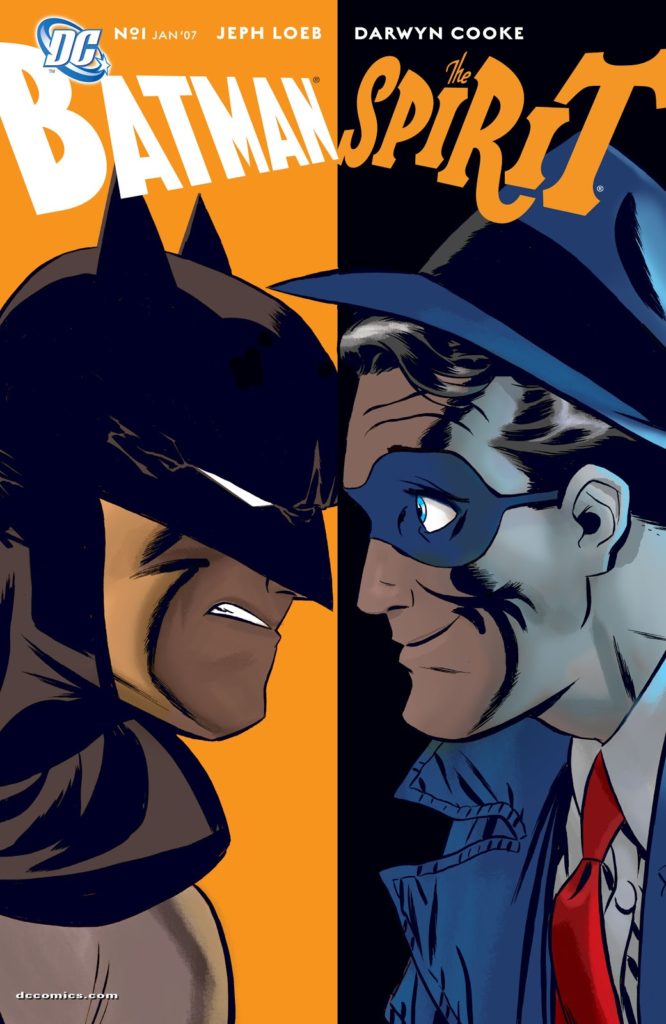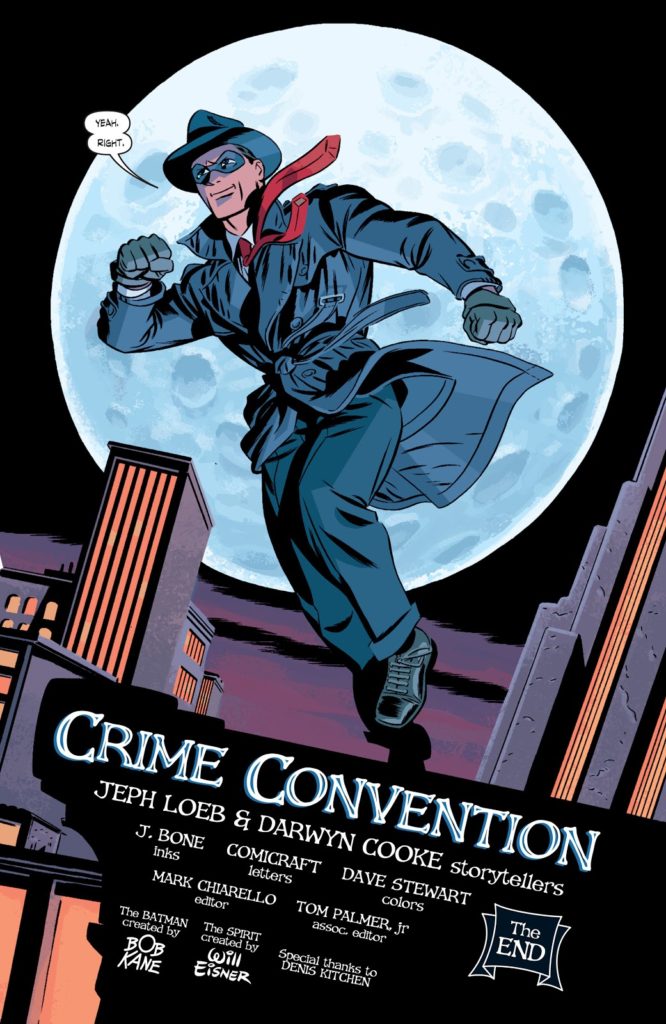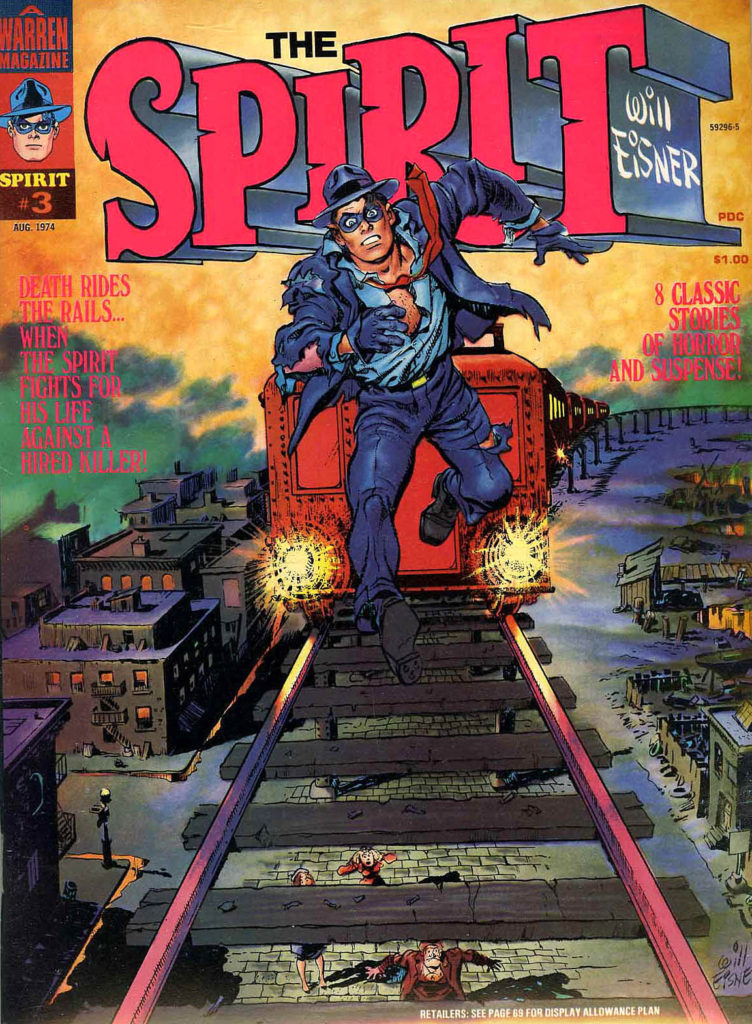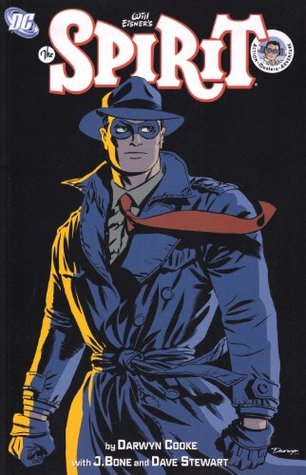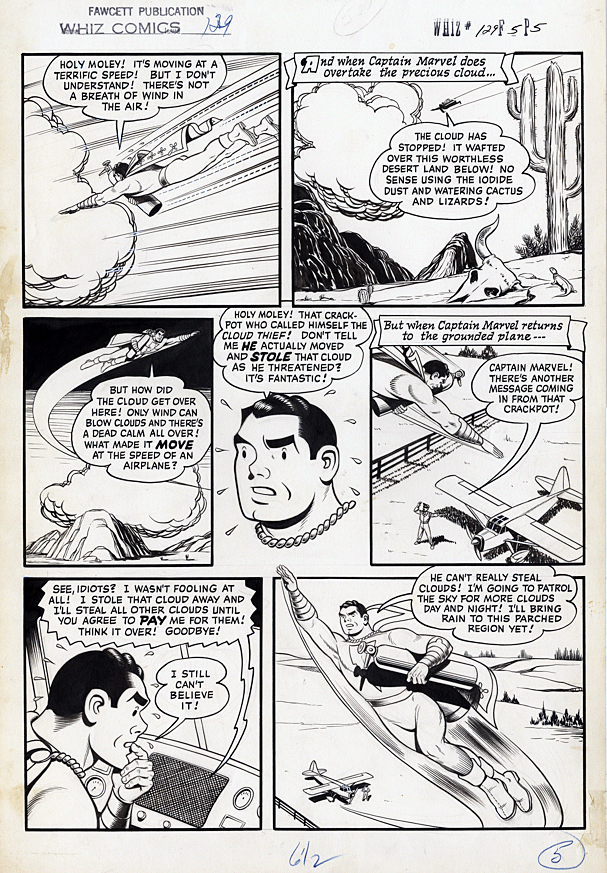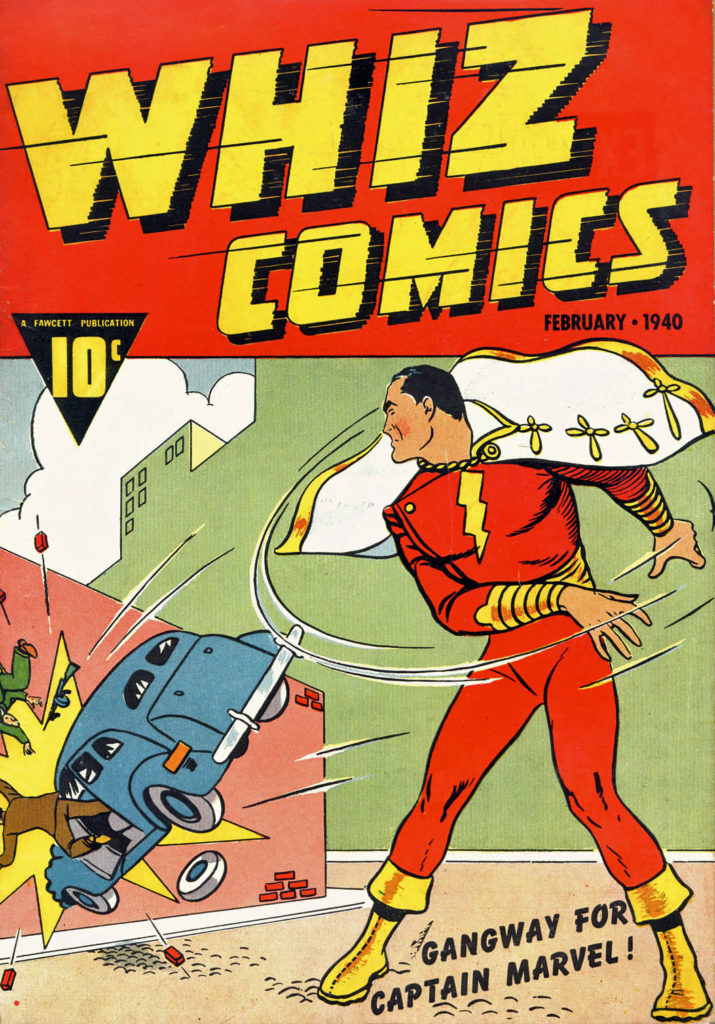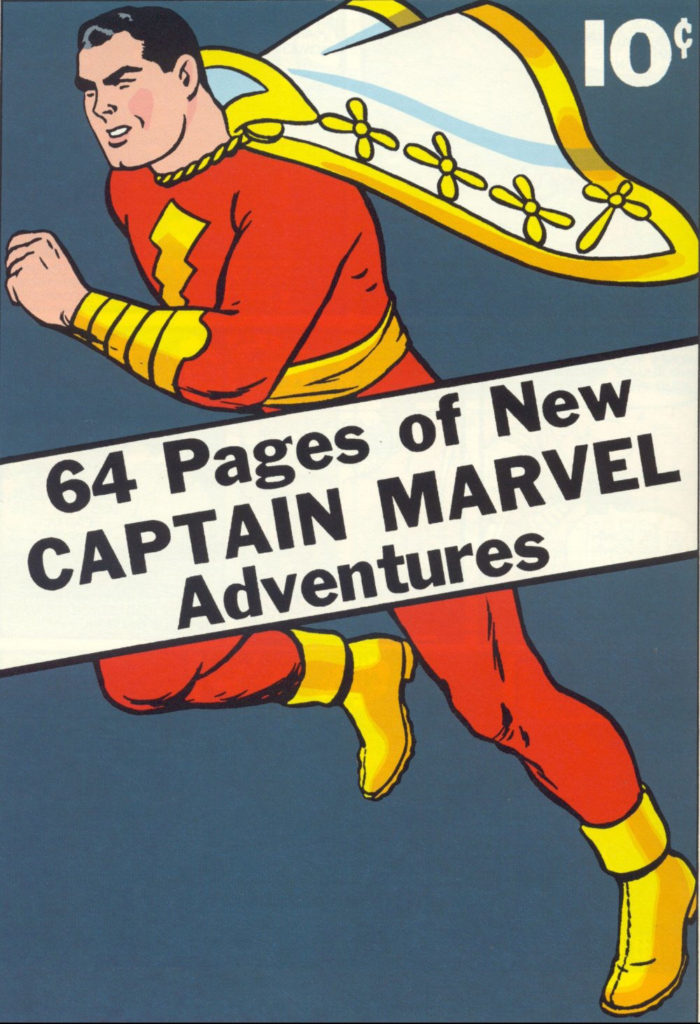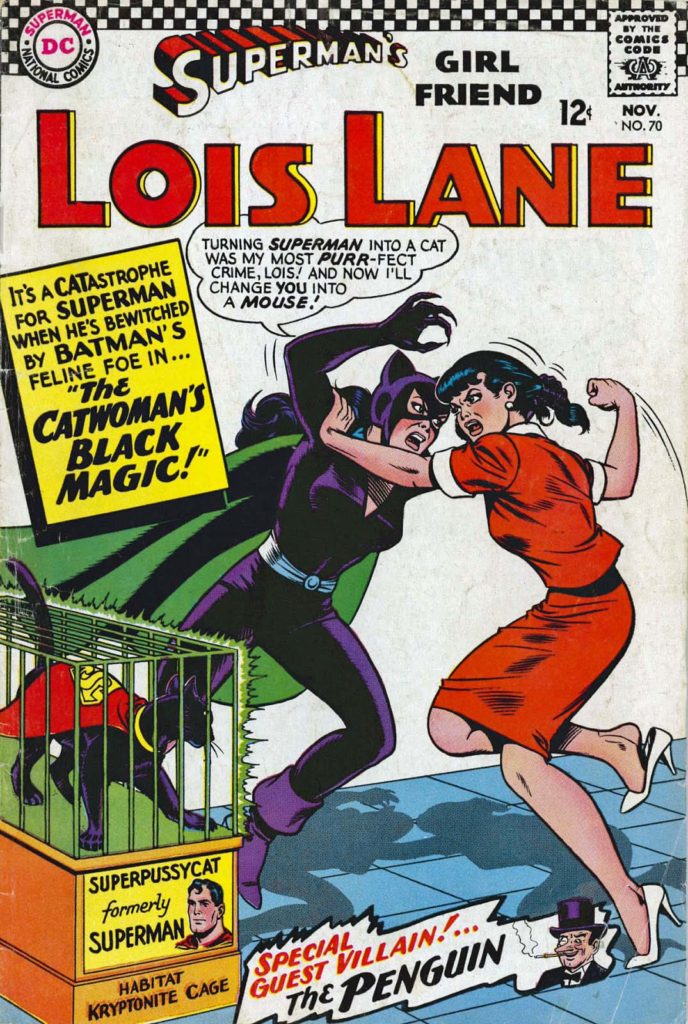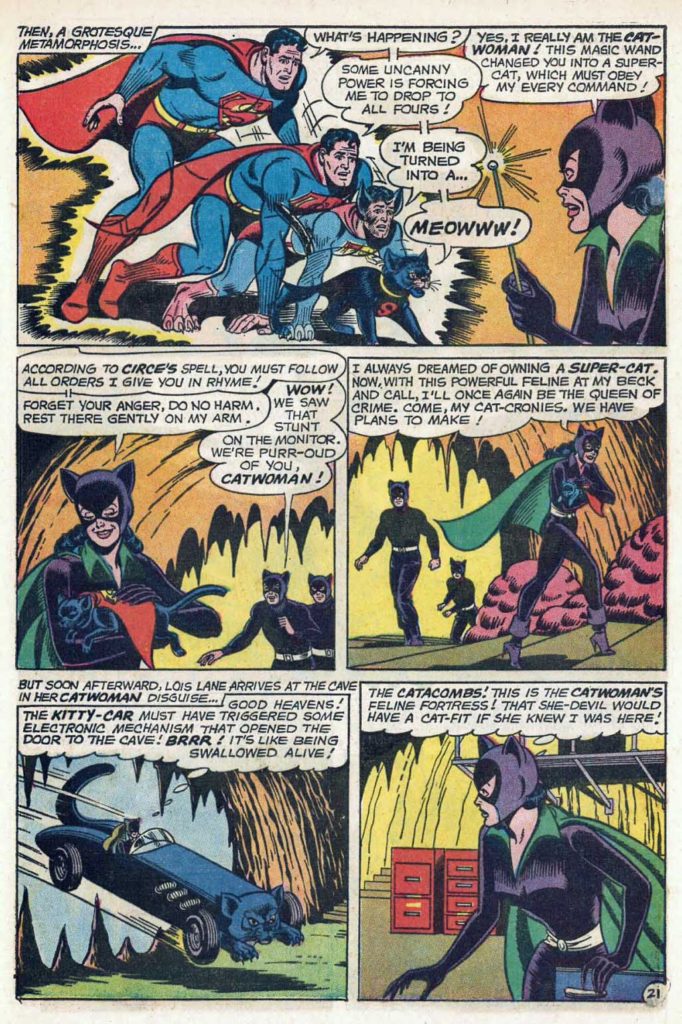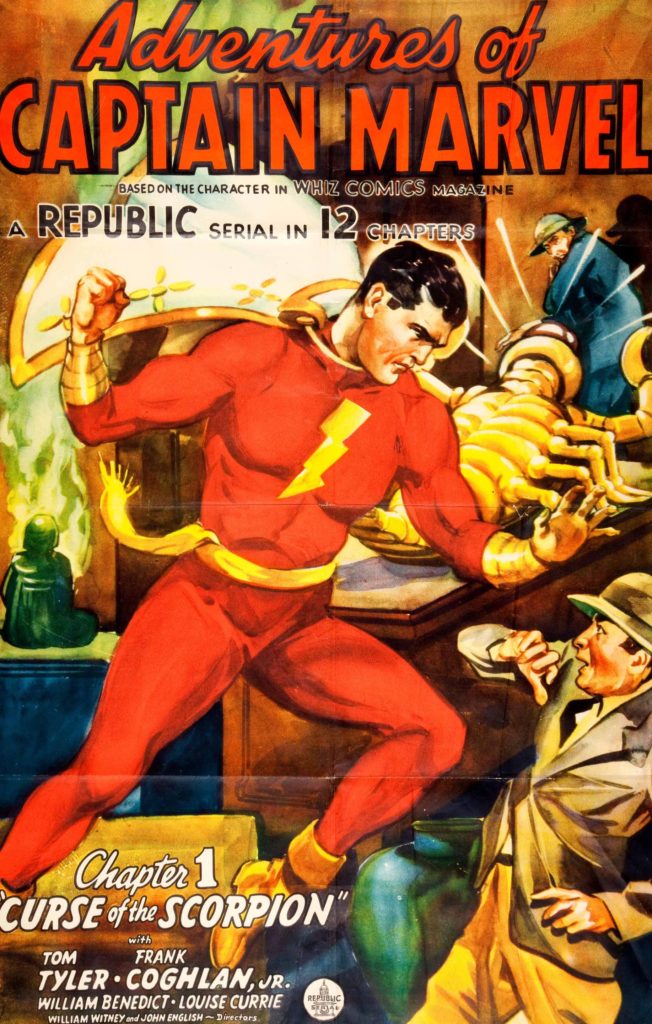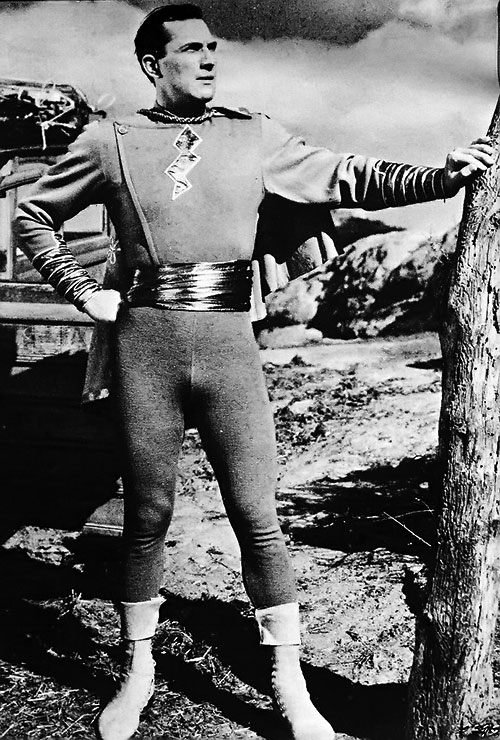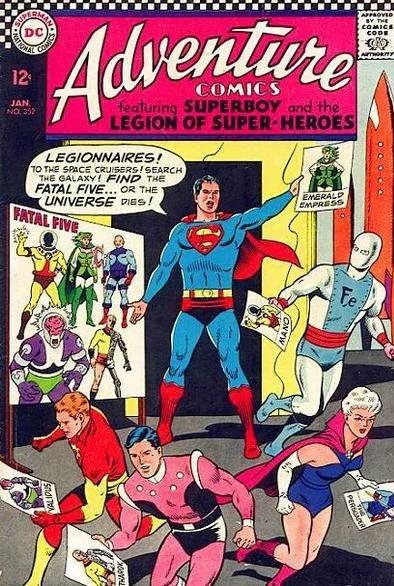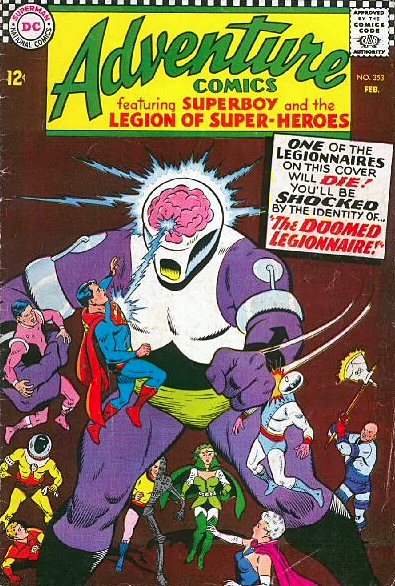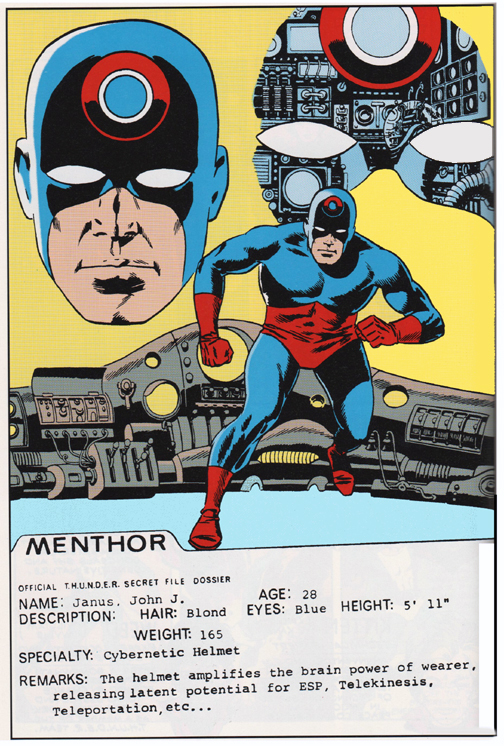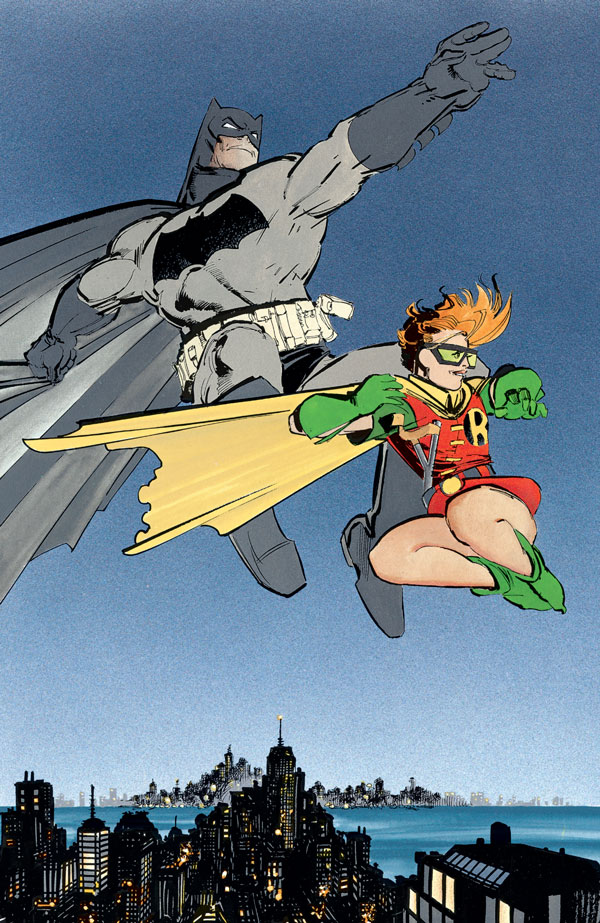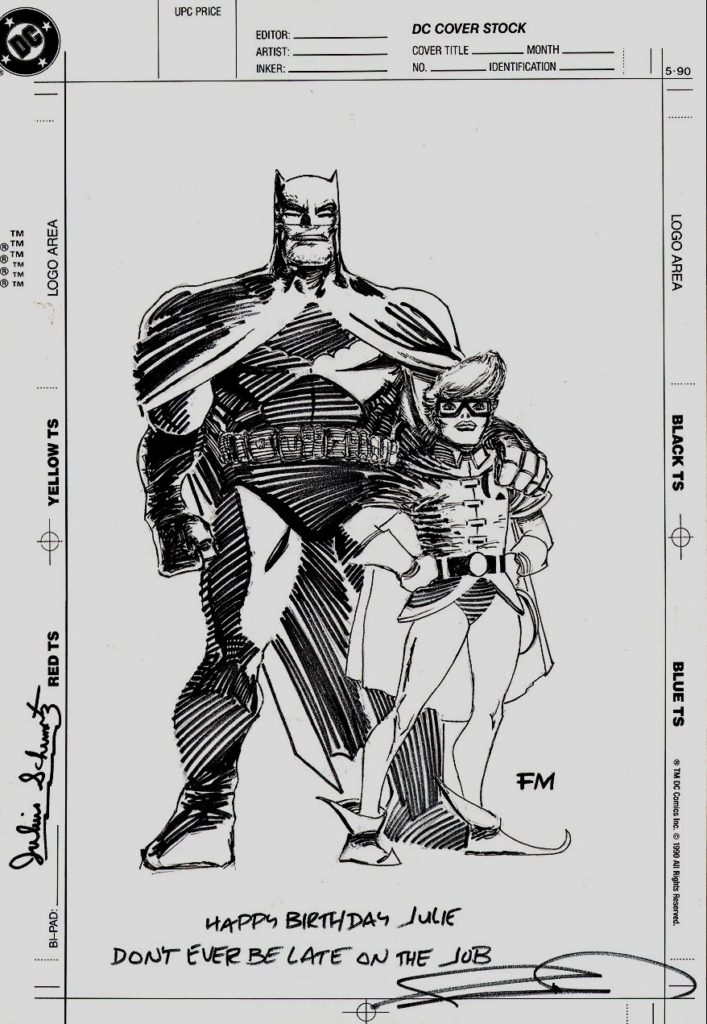Alex Toth — Simple Shadow
Sketch, 1995
A simple rendering of the Shadow by the legendary Alex Toth leads us down the “What If” rabbit hole.
What if Archie Comics had phoned Toth in 1964, and said “Hey, we just acquired the rights to The Shadow, not sure what direction we should go with it, are you interested?”
Would Toth, who five years previously had beautifully illustrated another pulp icon, Zorro (based on the popular TV series) said yes? One can only imagine the results if he had.
Archie did indeed take the license for the Shadow. But instead of a classic version, illustrated by Toth, or someone comparable, we are left with a giant puzzle.
The cover of issue #1 features a classic rendition of the character.
But inside? A completely different version, with blonde hair no less.
Issue #2 amplifies the gaudy superhero costume, keeps the blonde hair.
Issue #3 keeps the costume, but changes the hair to black.
And so on. At this point, he looks — and pretty much acts — like a poor knock-off of any number of classic Archie / MLJ heroes from the golden age that they already owned.
Why license The Shadow if you’re going to create something wholly different? That indeed is a puzzle. (And also, it can’t capitalize on the “camp” craze,” because it appears well ahead of the Batman TV series.)
After eight issues, the title is mercifully cancelled.
As for Toth? He spent much of the 60s designing many of our favorite animated TV shows, including Space Ghost and Super Friends.
But he never strayed too far from comics, and has illustrated all-time classic stories, in many genres. And, many of his sketches and commissions reflect a passion for classic pulp characters and motifs.
A Toth Shadow series would have been something to see.
Toth, born in 1928 (and died in 2006 at his drawing table), would have turned 92 today. Happy Birthday, Alex!

